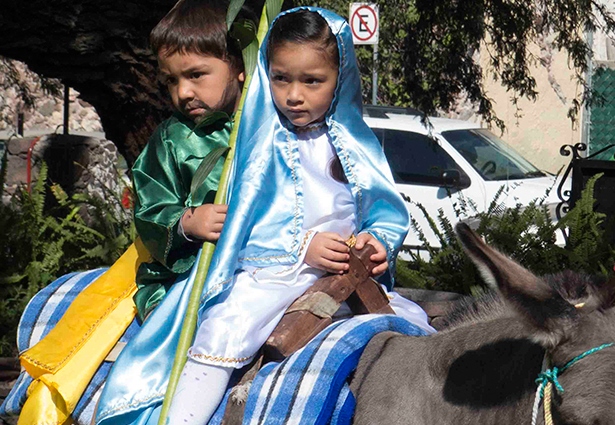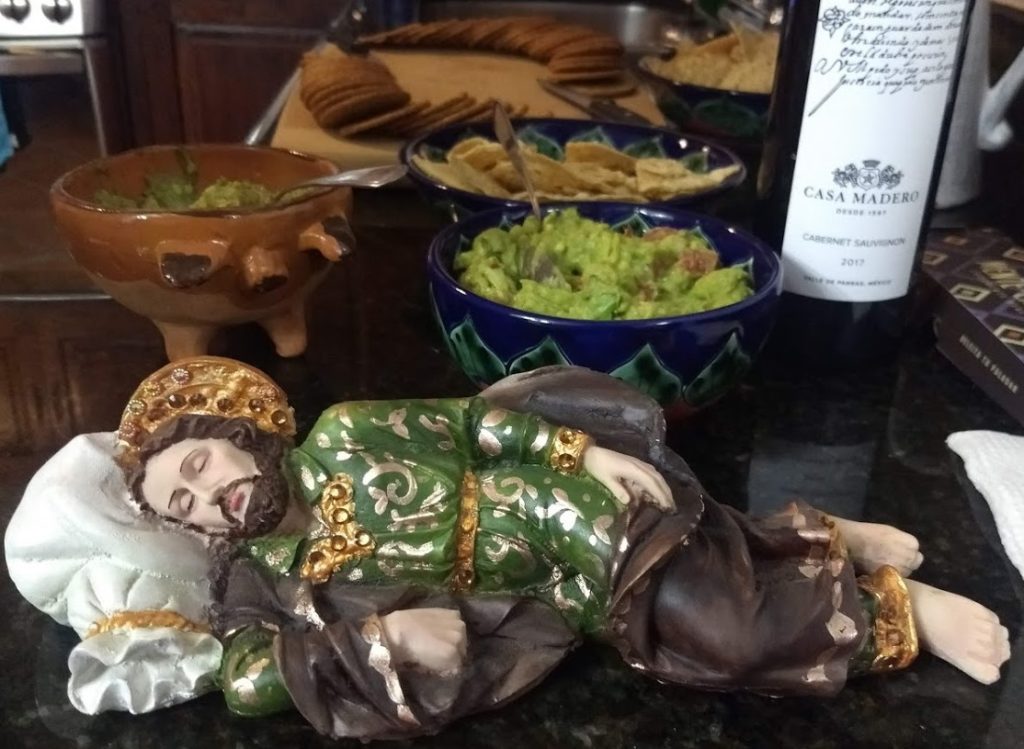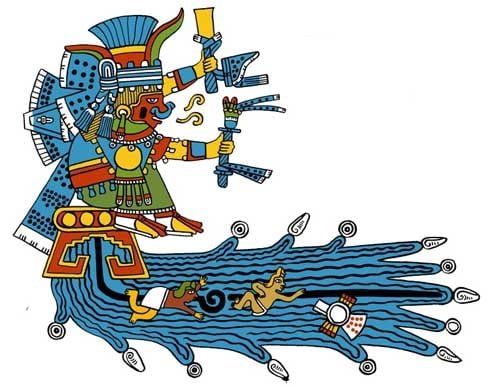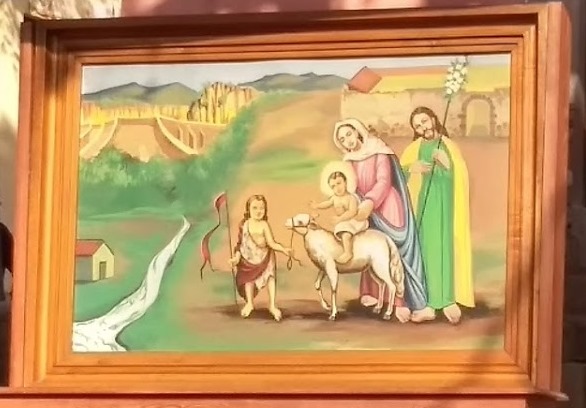The Model for Mexican Masculinity
St. Joseph is mentioned only eight times in the New Testament. Prior to the late medieval period, Church doctrine rarely noticed him. However, in 1555 this humble carpenter, Mary’s husband and foster father of Jesus, was made patron of the conquest and conversion of Mexico forever influencing favored Mexican male traits and aspirations.
St. Joseph was not only the most frequently represented saint in Mexican colonial art but also the most important. The parental figure of the saint – model father, caring spouse, and hardworking provider, great even at dying – became the primary influencer on the Mexican views of masculinity from the Inquisition to this day.

Spanish conquistadores and Franciscan missionaries had been fermenting Josephine’s devotion as a tool of conversion from the get-go in 1520 giving his name given to indigenous converts. To do this day, most men’s first name in San Miguel de Allende is Jose, though they often go by their middle name or Pepé (Joe in English). Pepé is an abbreviation for adopted father, which Joseph was to Jesus. Hernán Cortés reportedly brought the first image of the saint to Mexico and founded the first chapel in what is now Mexico City in his honor.
In 1555, the first meeting of the Mexican Council of the Catholic Church proclaimed St. Joseph the patron of Mexico with observances of his feast day mandated. Numerous missions, chapels, villages, ranches, haciendas, farms, orchards, mines and other areas throughout Mexico were named for him.

St. Joseph is seen in art carrying flowers facilitated advocating St. Joseph with the god of the rains, Tlaloc, and sharing their signature colors of gold and green representing spring and fertility to the indigenous. St. Joseph appears to adopt Tlaloc’s attributes and powers most notably in control over rains, fertility and agriculture. Tlaloc was even a surrogate father to Huitzilopochtli (god of war), much like St. Joseph was to Jesus.
It’s no coincidence celebrations of St. Joseph’s and Tlaloc’s respective feast days overlapped in the month of March.
Other colonial celebrations associated with St. Joseph include his marriage to Mary (November 26th), the flight into Egypt (December 28th, or Day of the Innocents), the Holy Family (January 19th) and St. Joseph’s death (celebrated here on July 20th). St. Joseph the Worker’s feast was celebrated May 1st and later converted internationally into Labor Day everywhere but the United States.
St. Joseph in Mexico was at the top of the saintly hierarchy. Mexicans created a new type of St. Joseph in art – young, handsome and virile starring in scenes of the Holy Family’s domestic bliss as manly protector of the Holy Family, teacher of young Jesus and helping in child-rearing and housework.

As a way to hasten the Hispanization in the New World colonial Mexican images of the Holy Family depict St. Joseph, Mary and Jesus engaged in mundane tasks of daily life, seemingly to proclaim the joys of domestic bliss. As the loving protector, defender and supporter of his family and its source of authority and discipline, St. Joseph represents the perfect man in early Hispanic Mexico.
Sermons explained that St. Joseph was Jesus’ earthly custodian, protector and teacher, though not technically his true father. Jesus even looked like St. Joseph in paintings to mislead the Jews and devil into thinking he was his real father. Then in crucifixion images, after St. Joseph’s death, the adult Jesus looks like St. Joseph in art.
St. Joseph in his carpenter’s workshop paintings became powerful symbols of the honor of manual labor teaching Jesus work was dignified, honorable and worth emulating.
Most every church has image of St. Joseph’s death with Mary and Jesus at his side to die peacefully following proper preparations as the ideal good death which St. Joseph became patron of. The paintings were designed to comfort Mexicans on their deathbed.
Plus God allowed St. Joseph to be with Jesus for thirty years, compared to the apostles that only knew Jesus for three, indicating his favored status. Only Mary spent more years with Jesus whose image as Guadalupe is now the co-patron of Mexico.

Whereas other saints are thought of to be effective in specific circumstances, like St. Lucy with vision or St. Jude with lost causes, colonial texts assert that devotion to St. Joseph would help in all aspects of their lives! Even today, as patron to real estate agents, burying a St. Joseph upside down on the property facilitates the property’s sale to which countless agents on my tours attest to!
By Joseph Toone
- TripAdvisor’s top tour guide in San Miguel de Allende with History and Culture Walking Tours and Joseph Toone Tours.
- Amazon’s best selling author of the San Miguel de Allende’s Secrets book series on making your adventures around town unique.
- Creator of the Maria Dolls coloring book helping indigenous doll makers.

